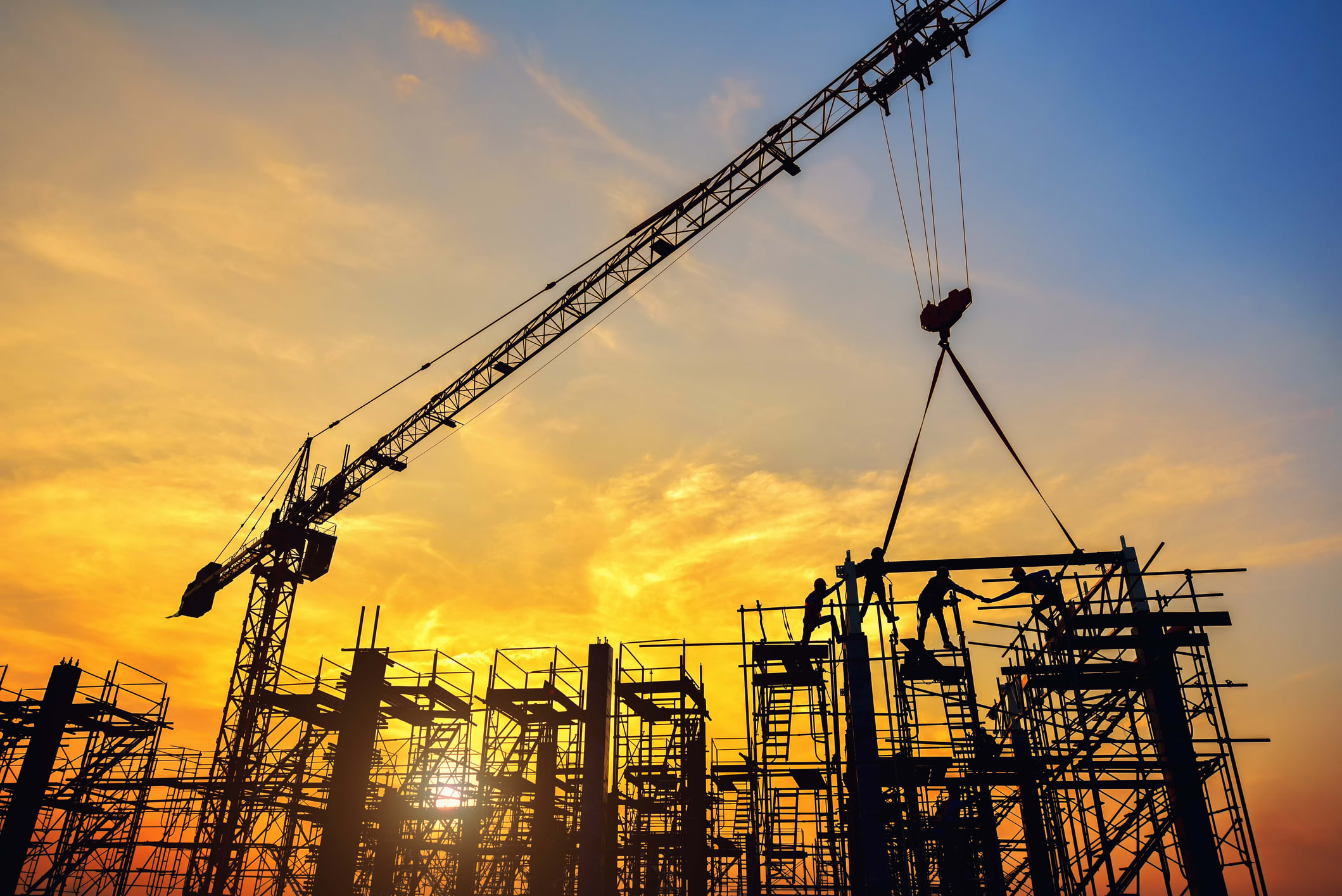Construction sites worldwide attempt to harness automated tech and other innovations

A range of innovations and ideas are changing the way construction projects are carried out.
Jung Getty | Moment | Getty Images
Infrastructure giant Balfour Beatty is to expand its deployment of technology that can manage power use at its sites and, it’s hoped, cut carbon emissions in the process.
The system, dubbed EcoNet, has been developed alongside two other companies, Sunbelt Rentals U.K. and Invisible Systems.
In a statement Monday, Balfour Beatty said the system worked by “controlling and reducing the energy output from key appliances in cabins, such as those in kitchens, drying rooms and office spaces.”
The tech, it added, had been “configured to autonomously manage power demand by automatically turning appliances and equipment off when not in active use.”
In terms of how construction sites are powered, Balfour Beatty said this was done through the use of diesel generators or by hooking a site up to the National Grid.
The hope is that by “limiting unnecessary usage,” EcoNet can lower demand on the grid or the generators, which will in turn help to cut emissions.
The system was initially used by the firm in May of this year at a project in northern England. It has been rolled out to 21 sites to date. The plan is to introduce the technology to 50 “live sites” by next summer, and for it to be used at any new U.K.-based site home to more than six cabins.
A huge sector, with emissions to match
As a whole, the built environment is responsible for a significant amount of emissions.
According to a report from the Global Alliance for Buildings and Construction, International Energy Agency and the UN Environment Programme, building construction and operations were, globally, responsible for 36% of final energy use in 2018.
Published in December 2019, the Global Status Report for Buildings and Construction also said that, worldwide, the sector accounted for 39% of energy-related carbon dioxide emissions in 2018. The report added emissions from buildings hit 9.7 metric gigatons of carbon dioxide in 2018.
For its part, Balfour Beatty’s own Scope 1 and 2 carbon emissions came to 210,632 metric tons of carbon dioxide equivalent in 2019, down from 224,430 metric tons in 2018, a drop of 6.1%.
Innovation and data
The technology being deployed by Balfour Beatty is the latest example of companies connected to infrastructure projects embracing technology.
This week it was announced that Enel Green Power Brasil Participacoes, the Brazil-based renewable subsidiary of the Enel Group, had commenced construction of five renewable energy plants in the northeast of the country.
The construction sites for these developments are harnessing a range of innovations, from drones and automated machines to digital tools and remote assistance. According to the company, it’s hoped these technologies will boost the efficiency, safety and quality of the developments.
Back in the U.K., last month it was announced that a collaboration between academia and business would work on the development of “low carbon smart pipes” which could be deployed in major infrastructure projects.
At the time, the University of Birmingham said the program would be led by a firm called Aquaspira, which specializes in the production of large diameter drainage pipes.
One aspect of the project will focus on the integration of sensors into the piping. This tech will be used to “detect and report changes in environmental conditions,” which will in turn allow any problematic issues to be quickly identified and remedied.




